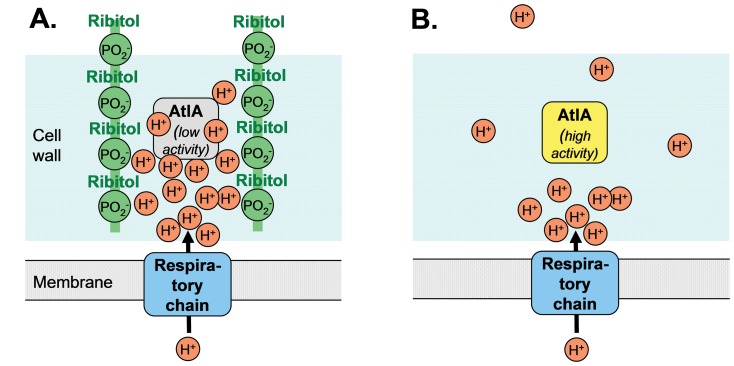Figure 3. Model for the role of WTA in proton binding and control of autolysin activity.
(A) The negatively charged WTA phosphate groups retain protons in the cell wall, which creates an acidic environment keeping the activity of the major autolysin AtlA low. (B) In the absence of WTA protons are not retained, which avoids local acidification and leads to higher activity of AtlA.

